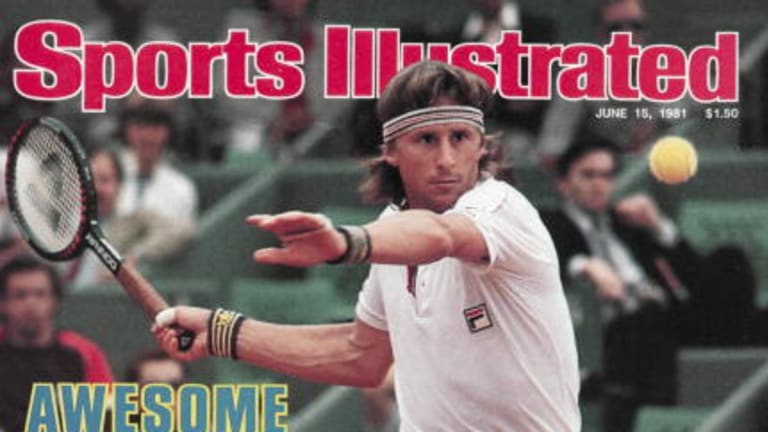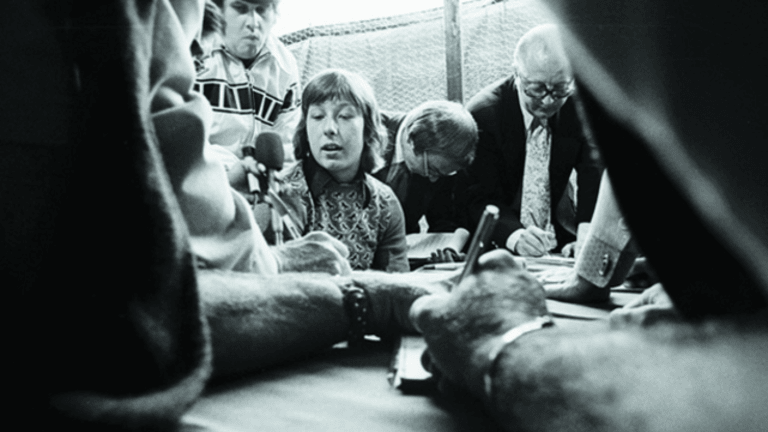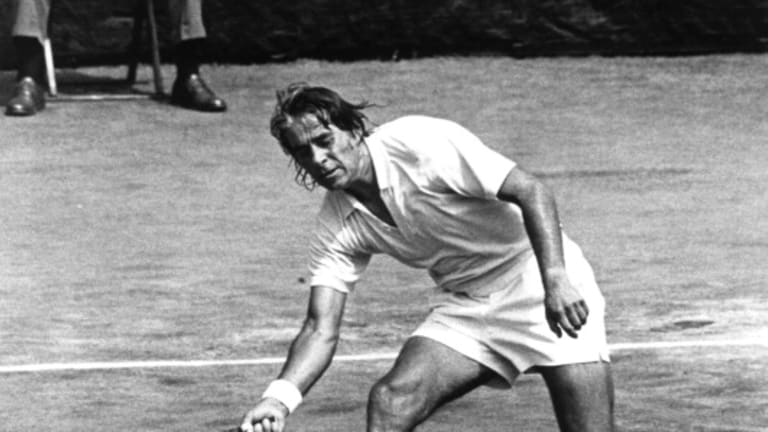LONDON—“The thing about photographing tennis,” Russ Adams told me, “is that you can never put the camera down, even when the point’s over. You don’t know what somebody’s going to do next.”
The indefatigable Adams, who took more pictures of tennis players than anyone else, was still pointing and shooting his camera 50 years after he started hunkering down on the sport’s sidelines. The Massachusetts native, who died this weekend at age 86, pioneered tennis photography at around the same time that his fellow Bostonian, and fellow raconteur, Bud Collins was pioneering tennis journalism.
Adams was nominated for a Pulitzer Prize for his sports work in 1955. He started shooting at the U.S. Open in 1967, and became the tournament’s Director of Photographers. He was the first photographer inducted into the International Tennis Hall of Fame in 2007. Even in recent years, Adams could be found at Flushing Meadows during the Open, a fixture under his trademark floppy hat and mustache. He might not have been shooting as much, but he still loved to talk to his old friends in the game, and he could still tell a story.



